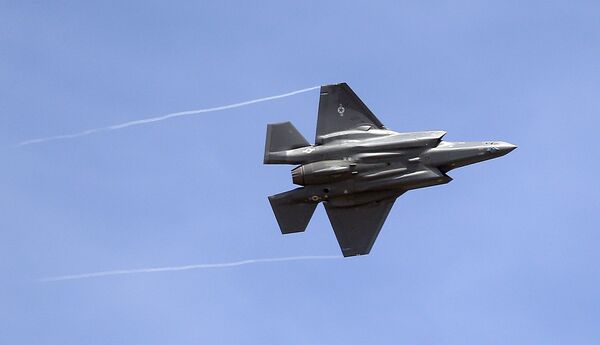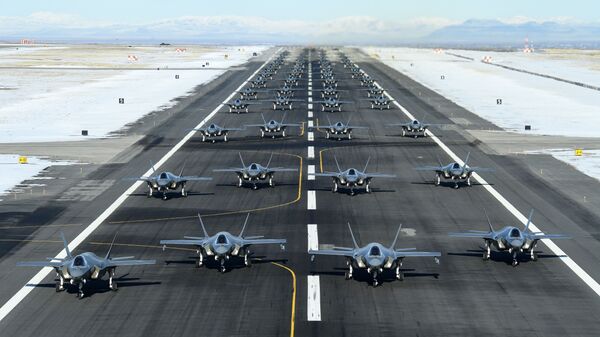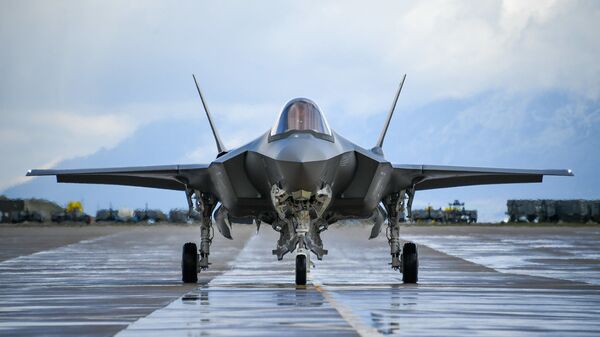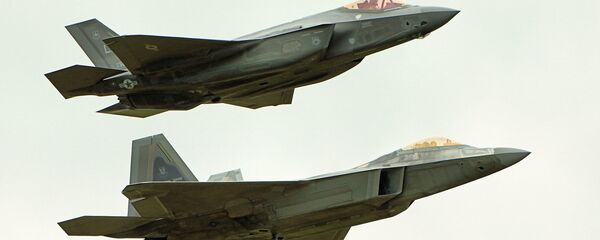The US Department of Defence once again delayed the combat testing of the F-35 stealth fighter jet, which is required for the Pentagon to give a green light to the start of the aircraft's mass production. This testing was supposed to happen back in 2017, but has since been postponed repeatedly. The latest date had been set for December, before being moved again to an undetermined date. A new date for combat testing will be announced "based on an independent technical review", a Pentagon representative stated.
Should the trials of F-35 combat worthiness have taken place on schedule, the mass production of the Lockheed Martin's jet would have started no later than March 2021. However, the Defence Department’s undersecretary for acquisition and sustainment, Ellen Lord scrapped those plans due to testing being delayed again. The two main reasons for the latter are the COVID-19 pandemic and "technical challenges", Lord’s spokeswoman explained.

The DoD faced technical issues during the preparation of a simulation facility, where the jet's virtual testing is supposed to take place. The trial is held to prove that the fighter, the development of which had cost almost $400 billion, is capable of adequately dealing with and respond to modern threats, including the air defence systems of potential adversaries.
Without positive results during the combat testing, the Pentagon can't give a green light to mass production, even though the first 600 F-35s have already been introduced into the military forces of nine countries, including the US.

In addition to the new date of combat testing not being set yet, its outcome will take time to analyse and to present in the form of a formalised report, raising questions whether Lockheed Martin will be able to get the first contract for the F-35's mass production in 2021. The report will also be reviewed by the Pentagon's top brass and Congress before the mass production is approved.
This is not the first hurdle that the American fifth-generation stealth fighter faces. Its development itself was bugged with overspending and breaches of set deadlines. After almost two decades of development, the first aircraft were delivered to the air forces and naval forces of several countries. However, the first uses of the new aircraft revealed a number of issues, from minor ones to possibly critical problems that also contributed to the continuing delays of the F-35's combat testing. The jet's developer Lockheed Martin is actively trying to eliminate the existing issues.




